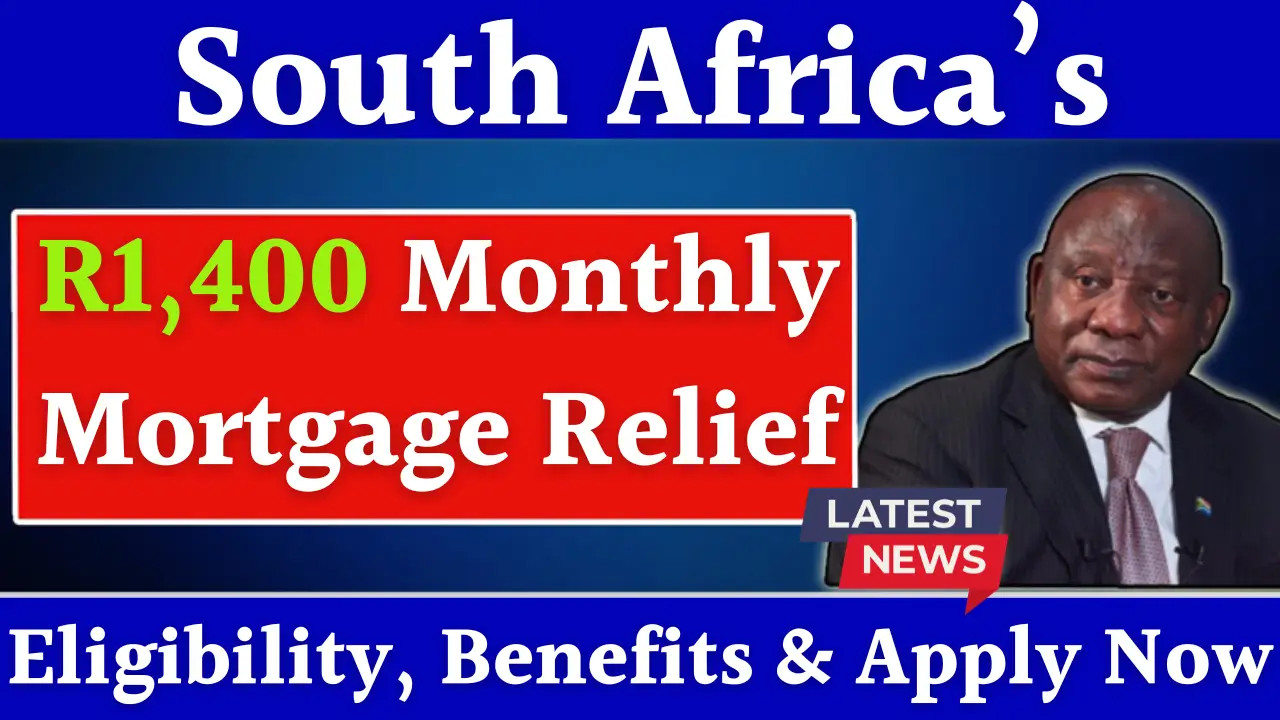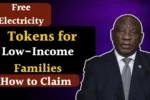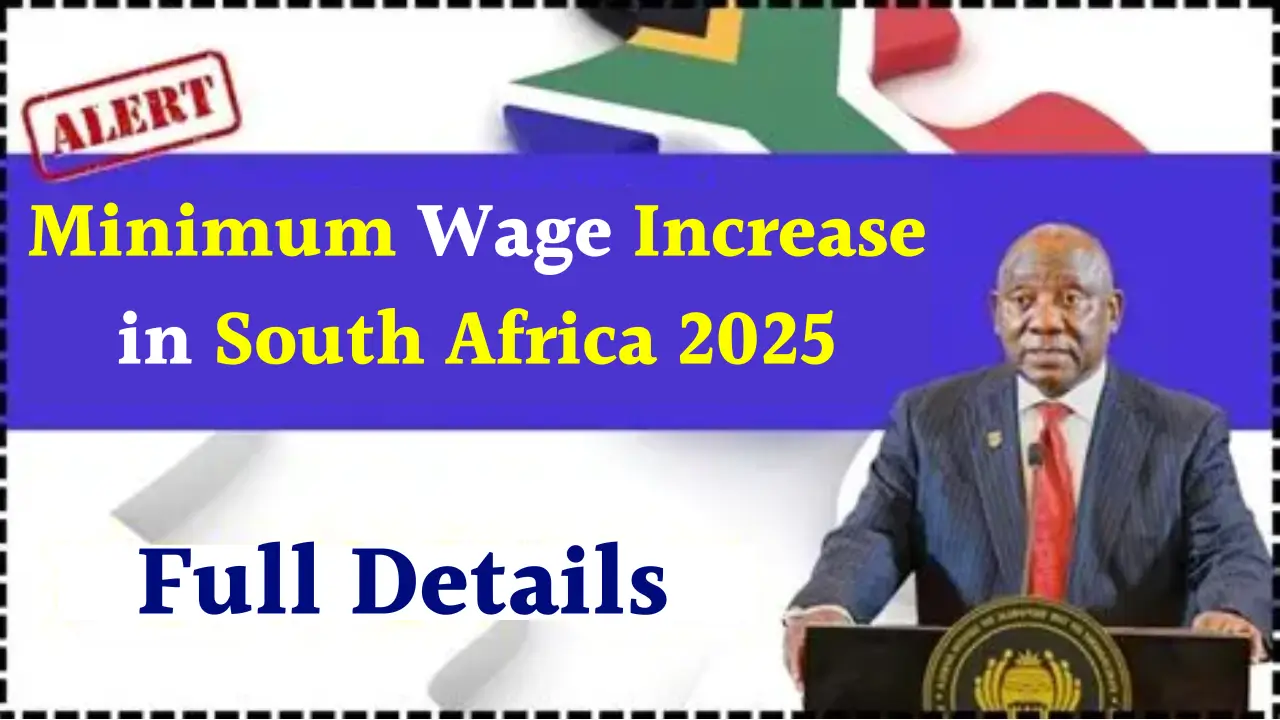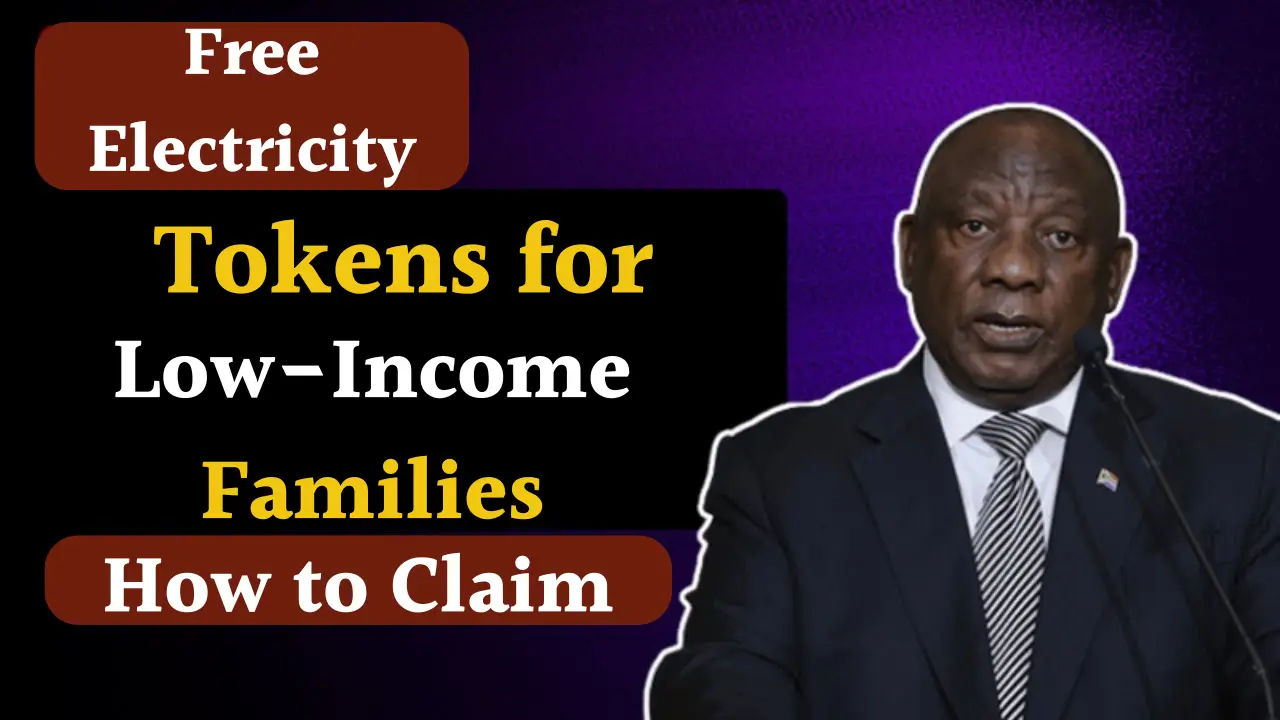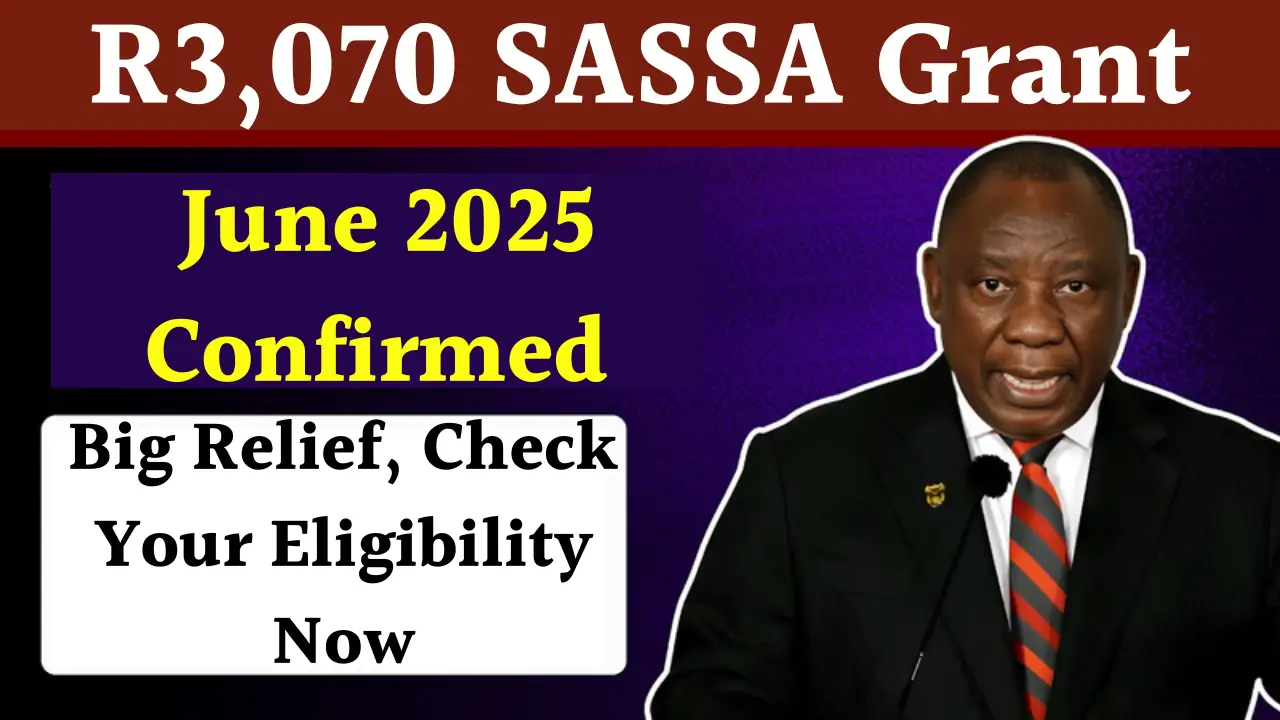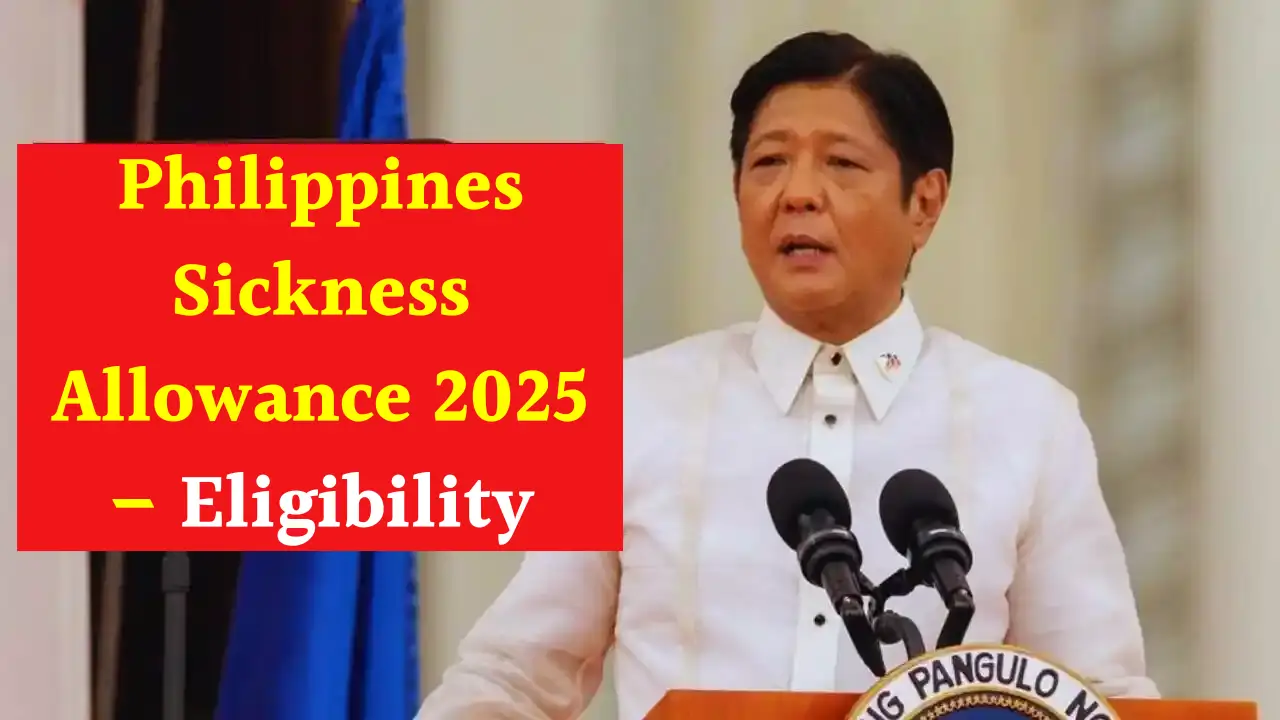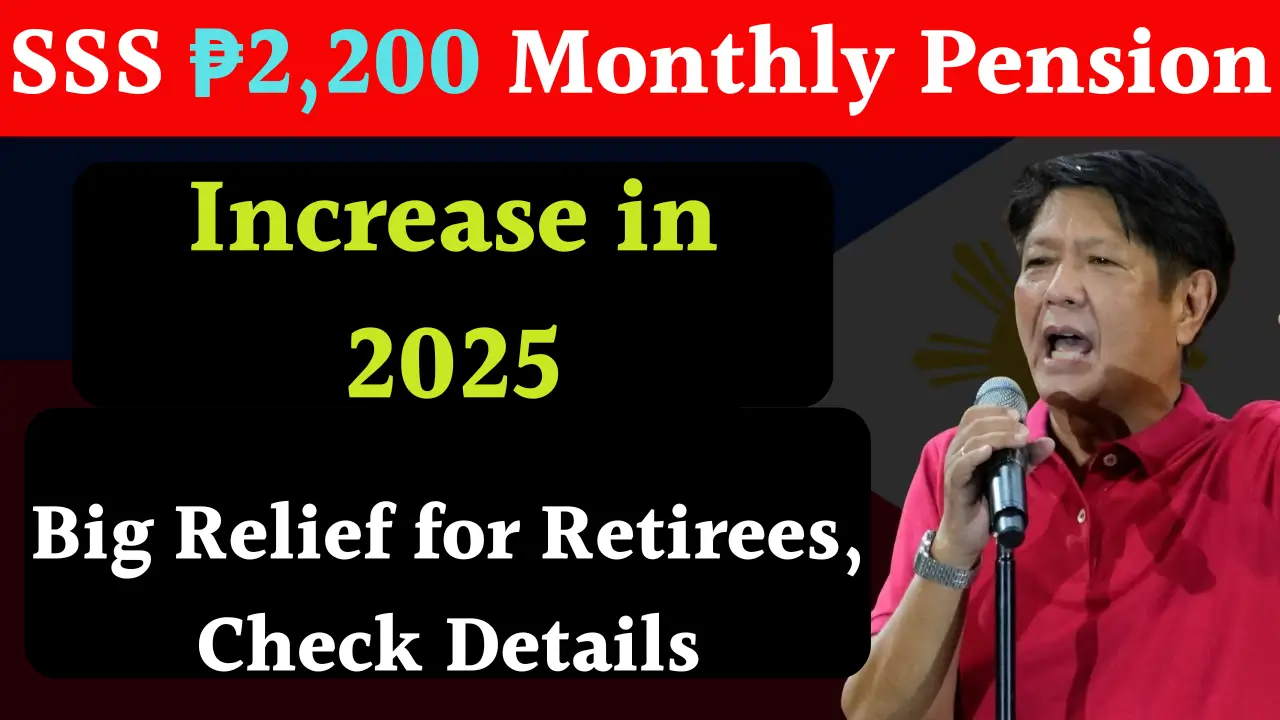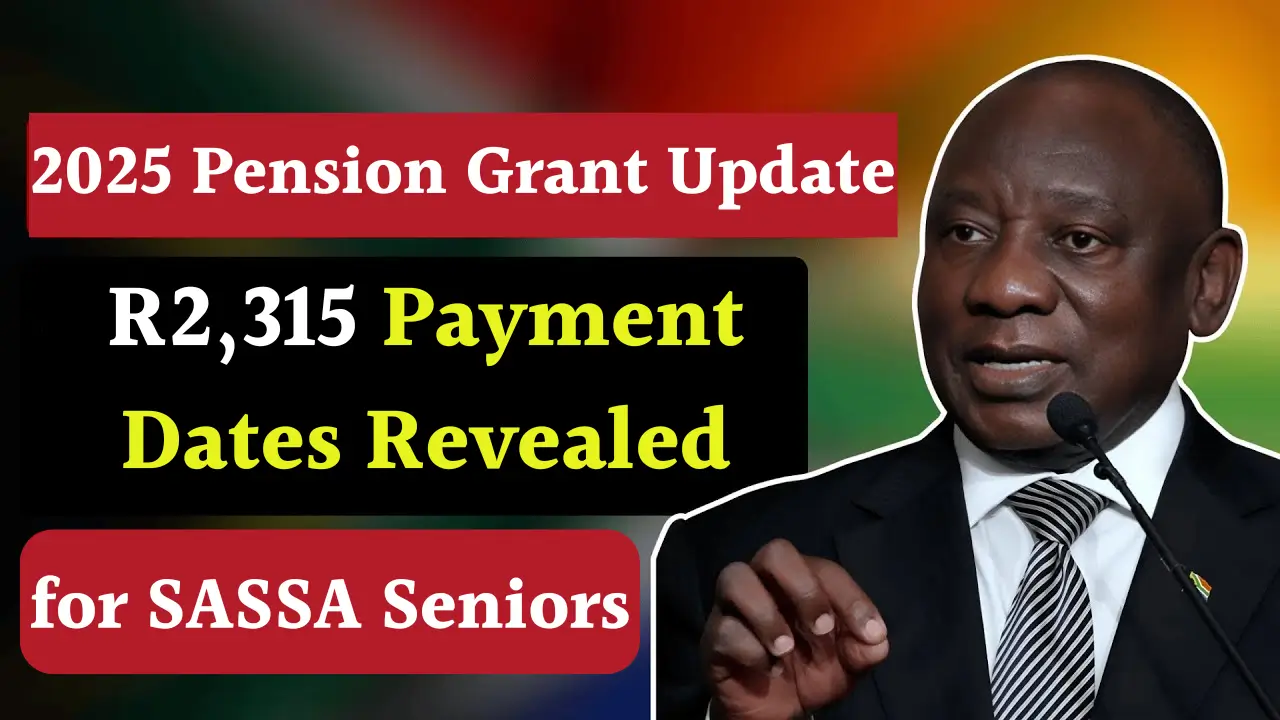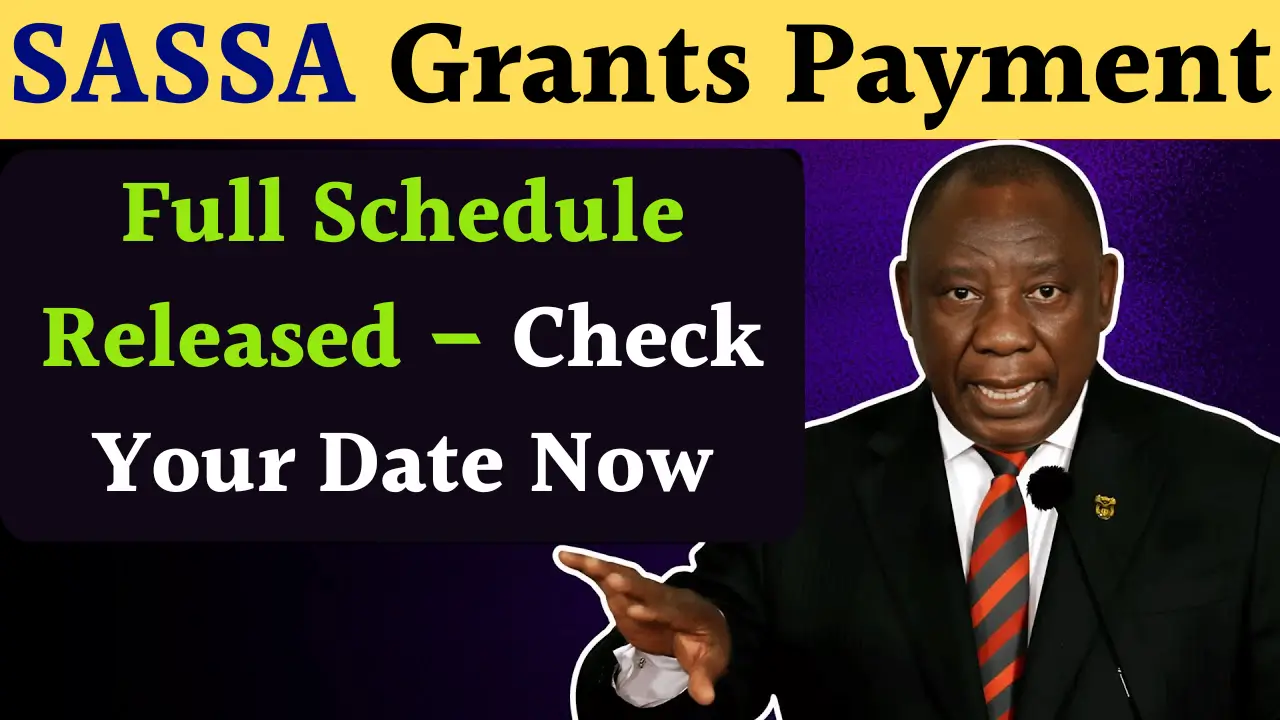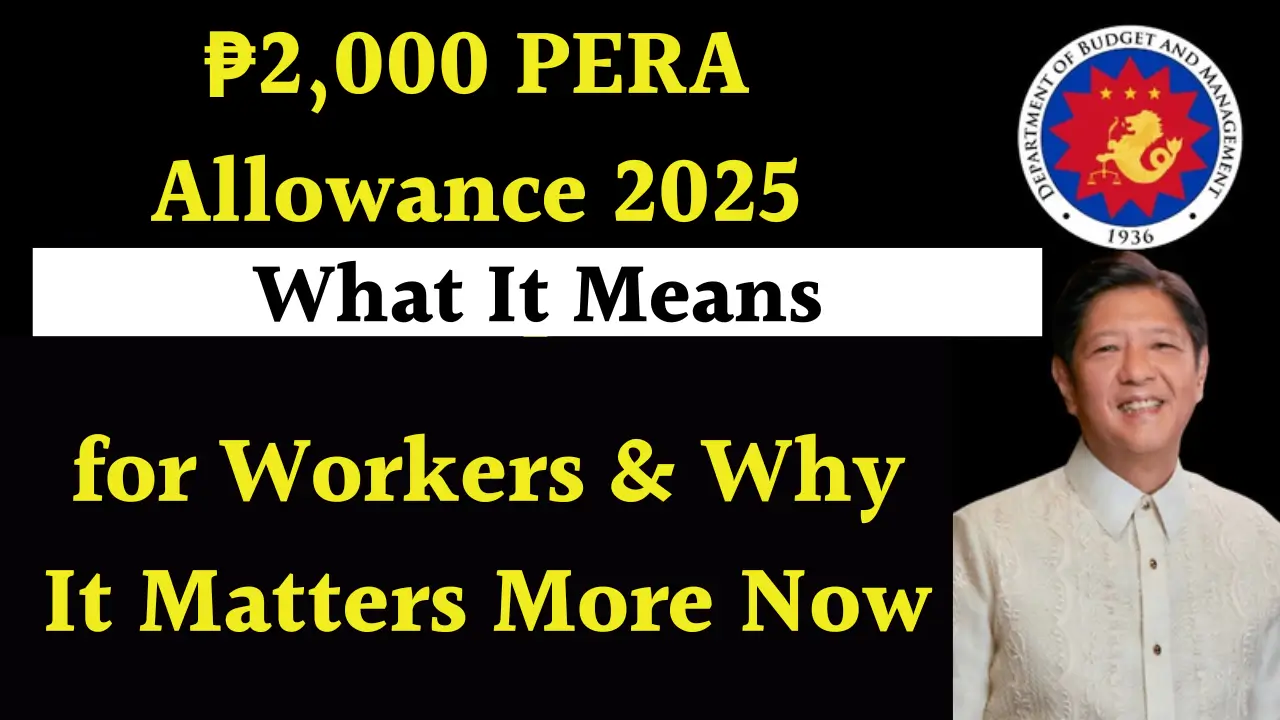South Africa’s R1,400 monthly mortgage relief is a significant measure designed to offer financial assistance and ease the burden of home loan repayments for qualifying South African homeowners. This mortgage relief initiative targets low to middle-income households, helping them manage monthly mortgage instalments more affordably amid economic pressures and fluctuating interest rates. Understanding who qualifies for this relief, the benefits it brings, and the application process is essential for eligible homeowners seeking support.
What is South Africa’s R1,400 Monthly Mortgage Relief?
The R1,400 monthly mortgage relief refers to an approximate amount that eligible South African homeowners can save or receive as support on their monthly bond repayments. This relief often comes into effect through government subsidies or financial programs aimed at reducing the effective mortgage instalment or by providing financial assistance via housing finance schemes. While the exact relief amount can vary depending on individual circumstances and interest rates, R1,400 serves as an indicative figure showing tangible monthly savings on mortgage costs.
Eligibility Criteria for Mortgage Relief
To qualify for the R1,400 monthly mortgage relief, applicants typically must meet specific criteria designed to ensure assistance reaches South African citizens and permanent residents who need it most. The general eligibility includes:
- South African Citizenship or Permanent Residency: Applicants must be legal residents, either citizens or holders of permanent residence permits.
- Income Threshold: The household’s gross monthly income usually must fall within a specified range—commonly from about R3,500 up to R22,000 depending on the subsidy or scheme. This targets the affordable housing or “gap market” where people earn enough to not qualify for free government housing but struggle with commercial home loans.
- First-Time Home Buyers: Beneficiaries generally should not have previously owned a property or received a government housing subsidy or mortgage relief.
- Age and Legal Competence: Applicants must be at least 18 years old and legally capable of entering contracts.
- Ability to Secure a Home Loan: Applicants need approval or conditional approval from an NCR (National Credit Regulator) registered lender or other approved financial bodies, demonstrating their financial capacity to maintain a mortgage bond.
Benefits of the R1,400 Monthly Mortgage Relief
This mortgage relief effectively reduces the monthly financial strain on homeowners, providing several benefits, including:
- Increased Affordability: By reducing monthly bond payments by approximately R1,400, homeowners can better manage their household budgets, decrease financial stress, and avoid loan default or foreclosure.
- Improved Access to Homeownership: The relief makes mortgage bonds accessible to more people in the lower to middle-income brackets, promoting stable home ownership and contributing to wealth building.
- Support for First-Time Buyers: Special programs like the Finance Linked Individual Subsidy Programme (FLISP) help first-time buyers enter the housing market by offering grants that reduce bond amounts and thus monthly repayments.
- Economic Stability: Lower monthly instalments free up disposable income, enabling families to spend on essentials, thereby supporting broader economic activity.
How to Apply for the R1,400 Monthly Mortgage Relief
Applying for mortgage relief in South Africa generally involves the following steps:
- Check Eligibility: Ensure you meet the citizenship, income, age, and homeownership status requirements.
- Secure Home Loan Approval: Obtain an approved or conditionally approved home loan from an NCR-registered lender or approved financial institution.
- Prepare Required Documents: These typically include a valid South African ID or permanent residence permit, proof of income, bank statements, birth certificates for children, and marriage or divorce certificates if applicable.
- Submit Application: Applications can be submitted through designated housing finance programs, government departments such as the Department of Human Settlements, or organizations administering FLISP or First Home Finance subsidies.
- Wait for Assessment: Application assessment includes income verification, credit check, and home loan eligibility confirmation.
- Receive Subsidy or Relief: Once approved, the subsidy reduces your loan amount or monthly instalment in line with the program’s terms.
Key Programs Offering Mortgage Relief
| Program Name | Income Range (Monthly) | Benefit Type | Eligibility Highlights |
|---|---|---|---|
| First Home Finance | R3,501 to R22,000 | Housing finance subsidy | First-time home buyers, not previously subsidized |
| FLISP (Finance Linked Subsidy) | R3,501 to R15,000 | Down payment grant | Must qualify for home loan; buyer never owned property |
| Individual Housing Subsidy (Western Cape) | Up to R3,500 | Lump sum subsidy | Registered on housing needs database; first-time buyers |
Tips for Successful Application
- Ensure all documents are certified and up to date.
- Thoroughly verify your income proof and bank statements.
- Seek advice from financial counselors or housing offices to navigate subsidy options.
- Apply early, as funding is often limited and allocated on a first-come, first-served basis.
- Maintain stable employment and financial health to secure home loan approval.
Frequently Asked Questions (FAQs)
1. Who can apply for the R1,400 monthly mortgage relief?
Eligible applicants are South African citizens or permanent residents with household incomes generally between R3,500 and R22,000 monthly, who have not previously owned a home or received government housing assistance.
2. Is the mortgage relief available only for first-time home buyers?
Yes, most mortgage relief programs are targeted at first-time buyers who have never owned residential property or received prior government subsidies.
3. What documents are required to apply?
Applicants typically need a valid ID or residence permit, proof of income, home loan approval documents, birth certificates for dependents, and marriage or divorce certificates if applicable.
4. How much relief or subsidy can I expect?
While the exact amount varies, the relief often equates to around R1,400 monthly savings on mortgage repayments, facilitated through subsidies like FLISP or First Home Finance.
5. Where do I submit my mortgage relief application?
Applications are submitted through government housing departments, approved financial institutions, or through programs like FLISP and First Home Finance managed by the Department of Human Settlements.
Conclusion
South Africa’s R1,400 monthly mortgage relief programs provide crucial financial support to many aspiring homeowners struggling with mortgage repayments. By meeting eligibility requirements and leveraging available government subsidies, beneficiaries can significantly ease the cost of homeownership, making housing more affordable and accessible across the country. Staying informed and applying promptly can unlock these essential benefits for qualifying South Africans.

